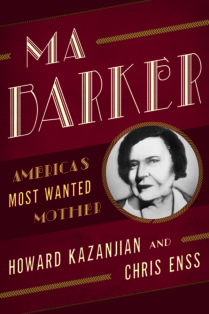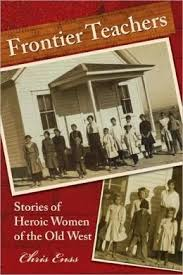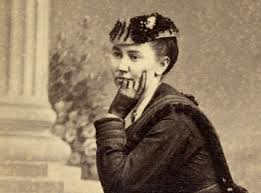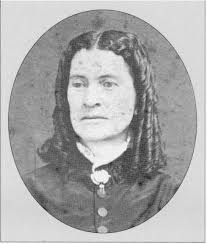Enter to win a copy of the new book
Ma Barker: America’s Most Wanted Mother
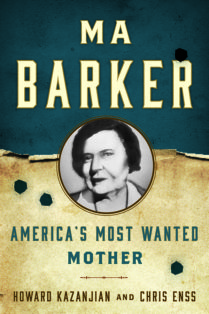
In a time when notorious Depression-era criminals were terrorizing the country, the Barker-Karpis Gang stole more money than mobsters John Dillinger, Vern Miller, and Bonnie and Clyde combined. Five of the most wanted thieves, murderers, and kidnappers by the Federal Bureau of Investigation (FBI) in the 1930s were from the same family. Authorities believed the woman behind the band of violent hoodlums that ravaged the Midwest was their mother, Kate “Ma” Barker.
It was a raw, gusty day in mid-January 1934 when bank president Edward G. Bremer dropped off his nine-year-old daughter, Betty, at Summit School in St. Paul, Minnesota. Parents and children dressed in heavy overcoats and wearing woolen hats hurried across the street and passed in front of Edward’s black Lincoln sedan on their way to the building. A light snow began to fall as he pulled away from the elementary school and headed toward his office. Edward was the president of the Commercial State Bank and traveled the same route to work every day. Each morning he waved good–bye to his little girl at 8:25 and proceeded to his job. He traveled along Lexington Avenue for a half hour, stopping at all the traffic signs along the way.
The car Edward drove was comfortable and warm, and cheerful music spilled from the radio as he contemplated the paperwork waiting for him on his desk. He cast a glance in his rearview mirror every so often but noticed nothing out of the ordinary. It wasn’t until Edward stopped at a stop sign and Alvin Karpis, a tall, slim man in a blue shirt streaked with mud, hurried to the driver’s side window holding a gun, that he considered anything was wrong. Edward was stunned and didn’t move as the armed man flung the driver’s side door open and shoved the weapon into his side. “Move over or I’ll kill you,” Alvin barked at him.
Before Edward had a chance to comply, the passenger’s side door of his car was jerked open, and Arthur “Doc” Barker leaned inside the vehicle. Arthur struck Edward on the head several times with the butt end of a .45 caliber automatic revolver. Blood from the gash sprayed the dashboard. Edward slumped in his seat, unconscious, and Alvin pushed him onto the floor. Arthur jumped inside the car and closed the passenger’s side door.

